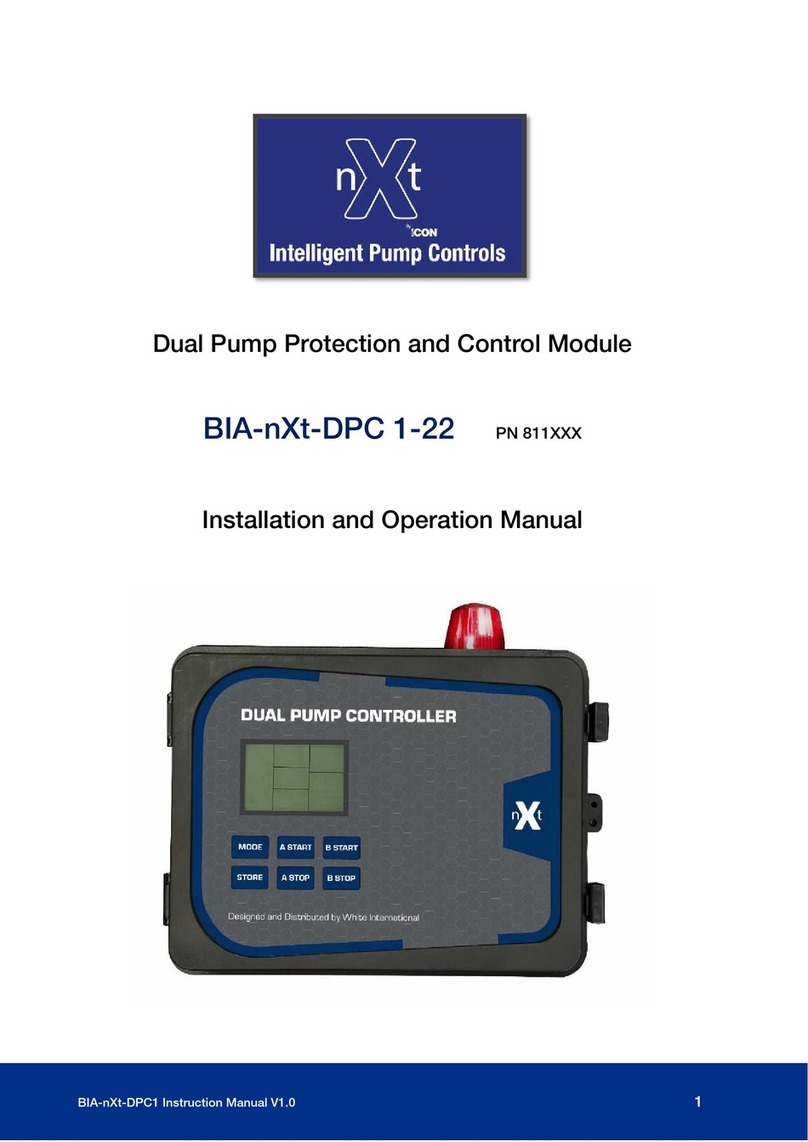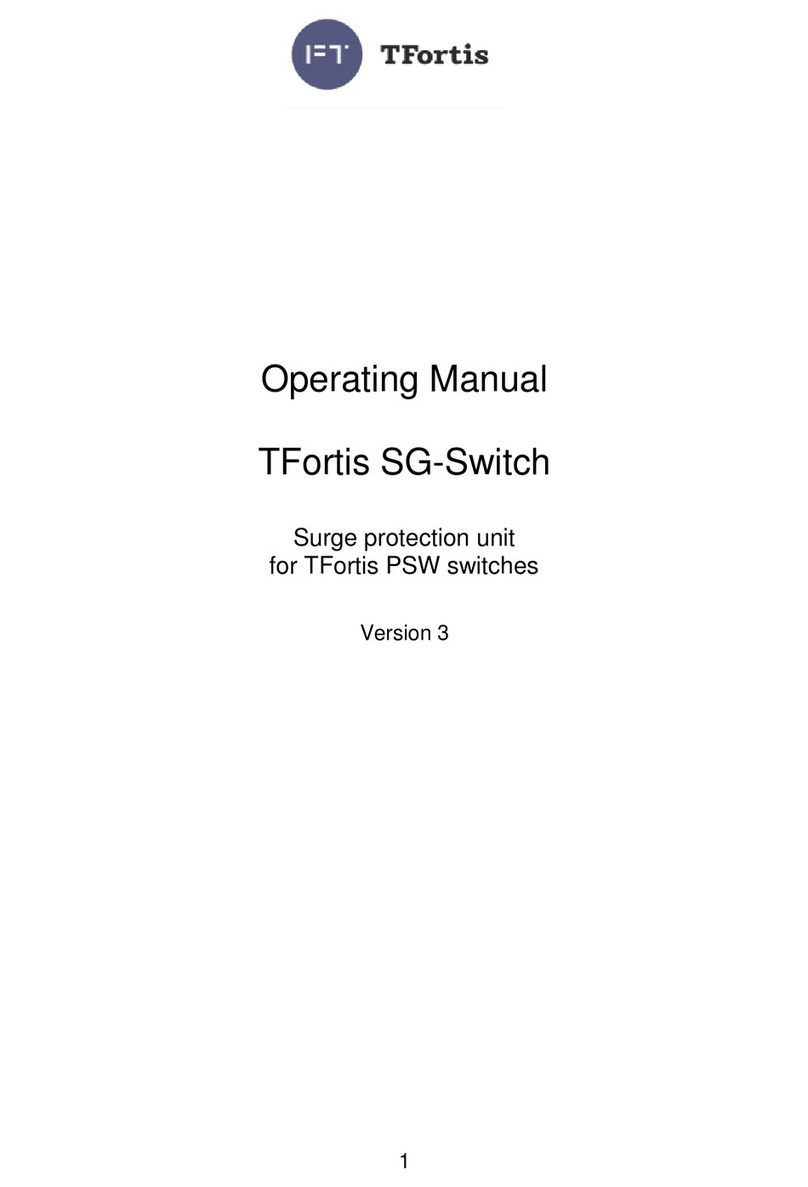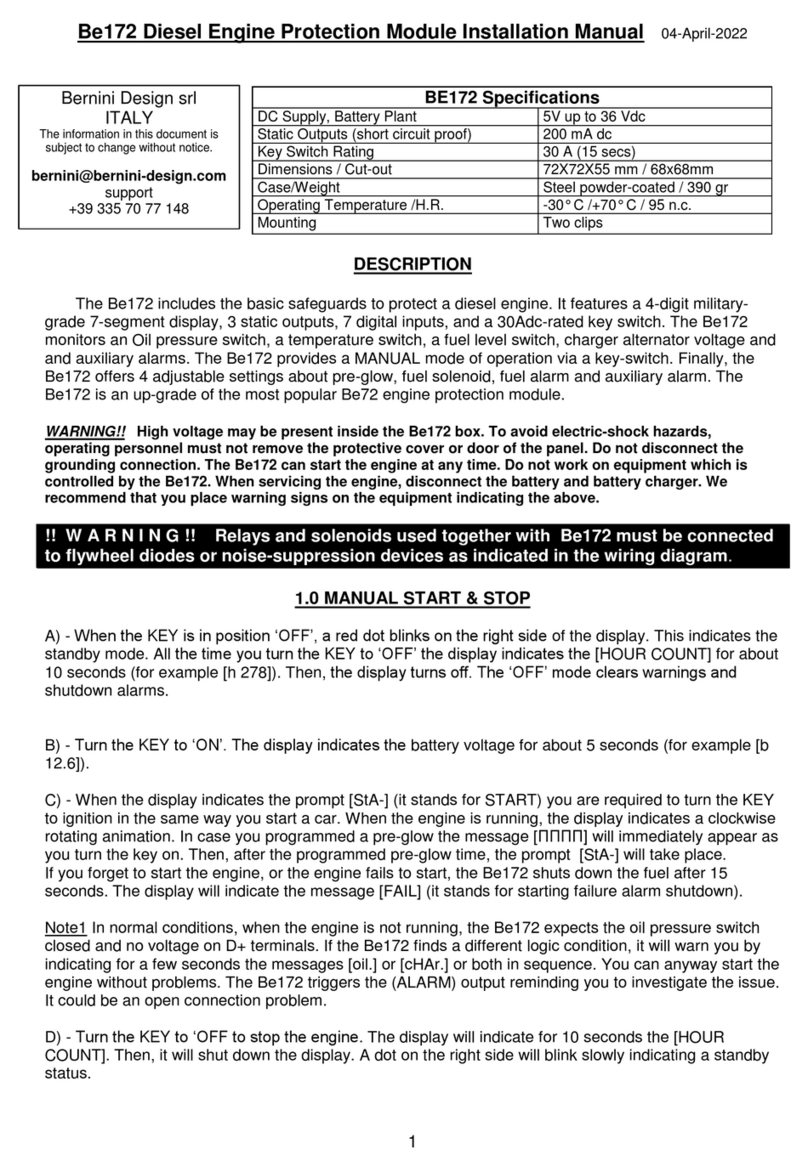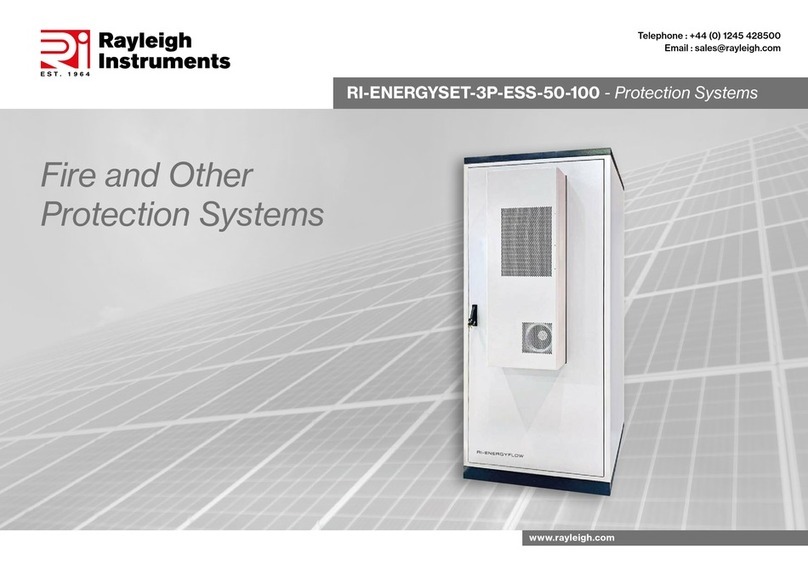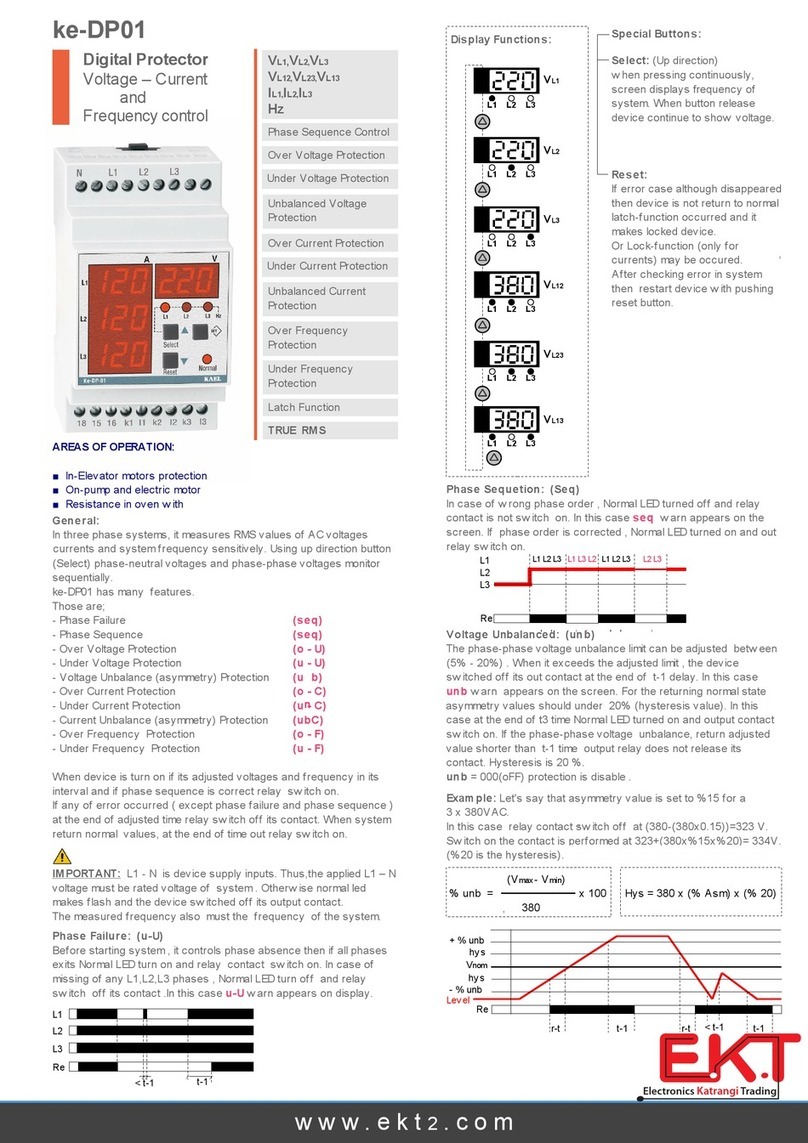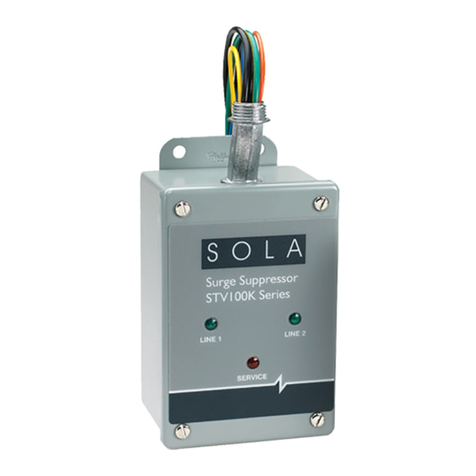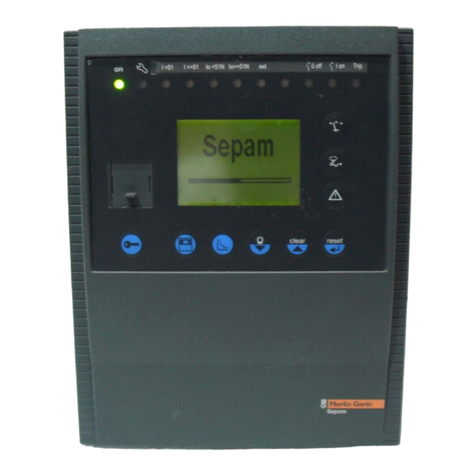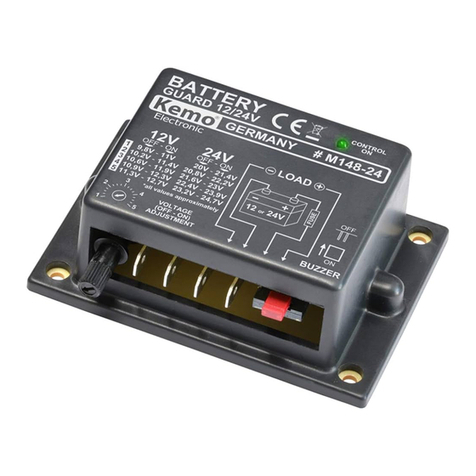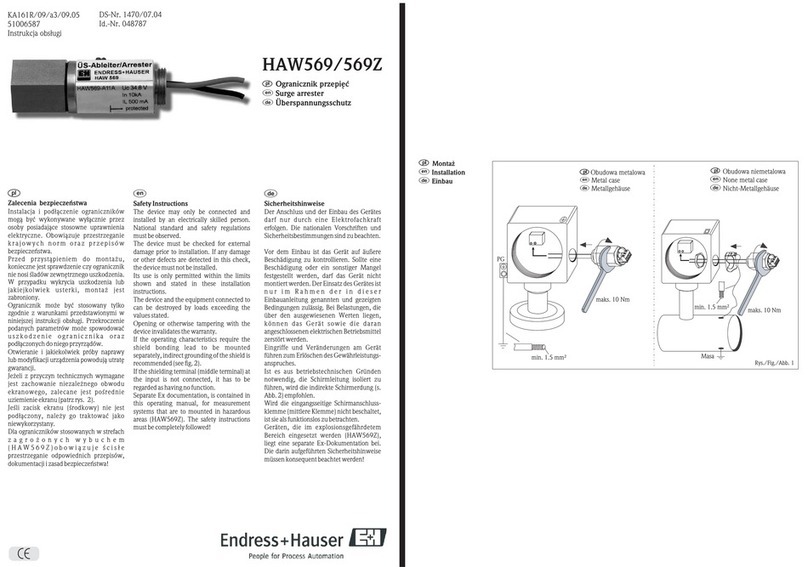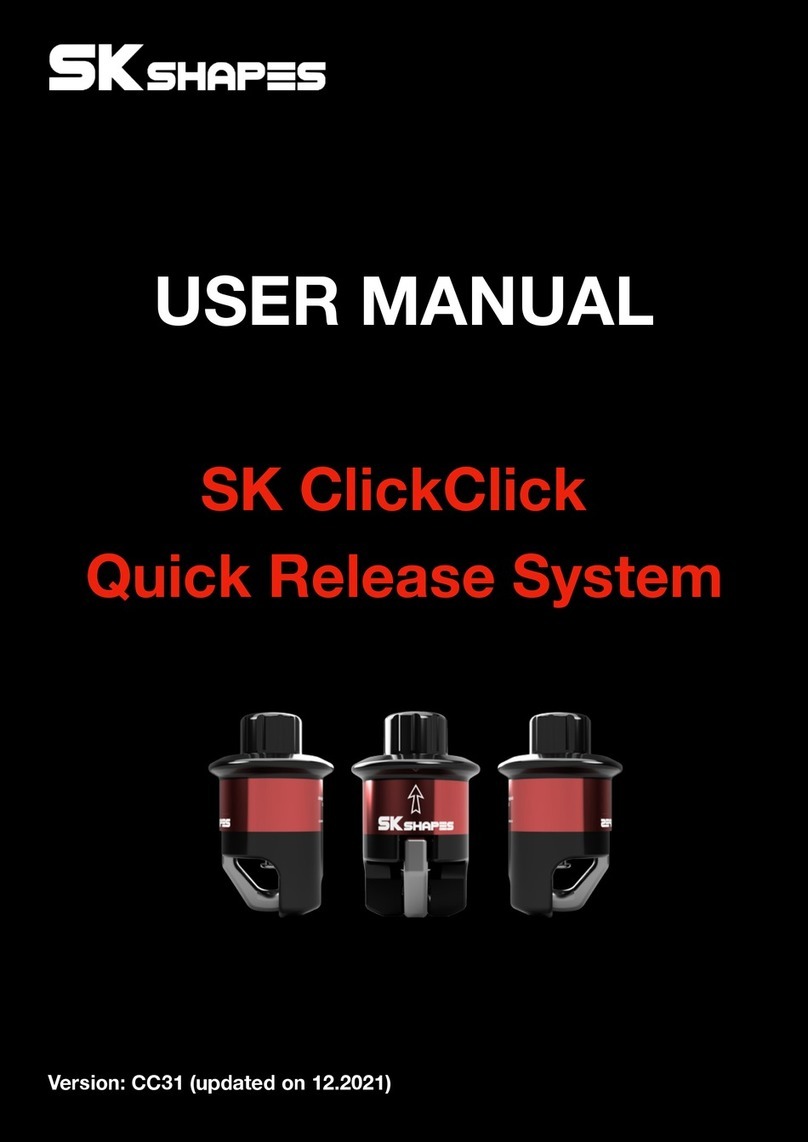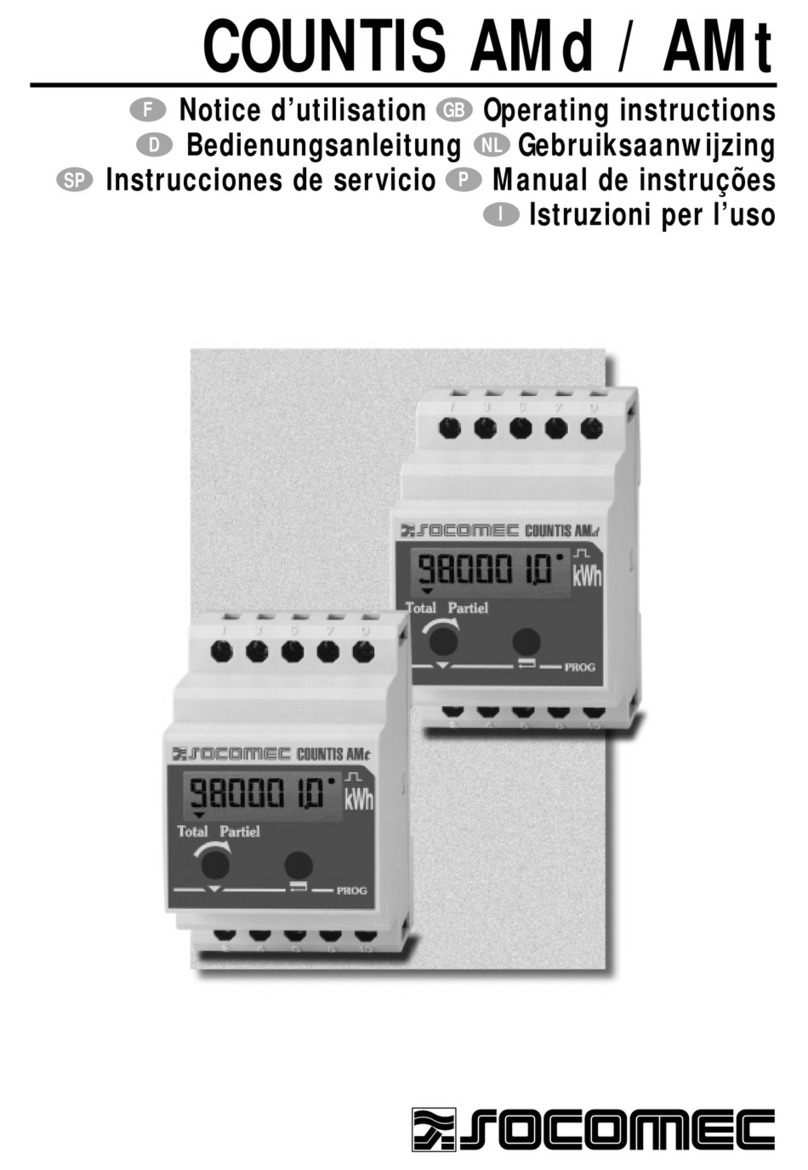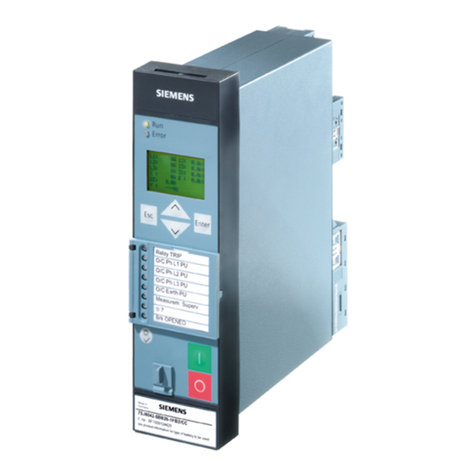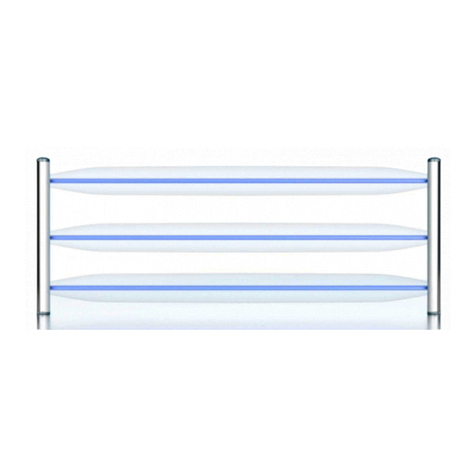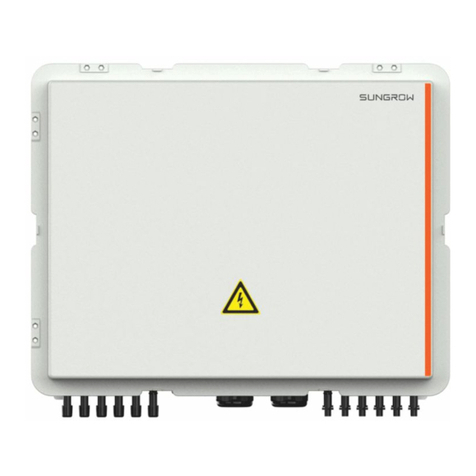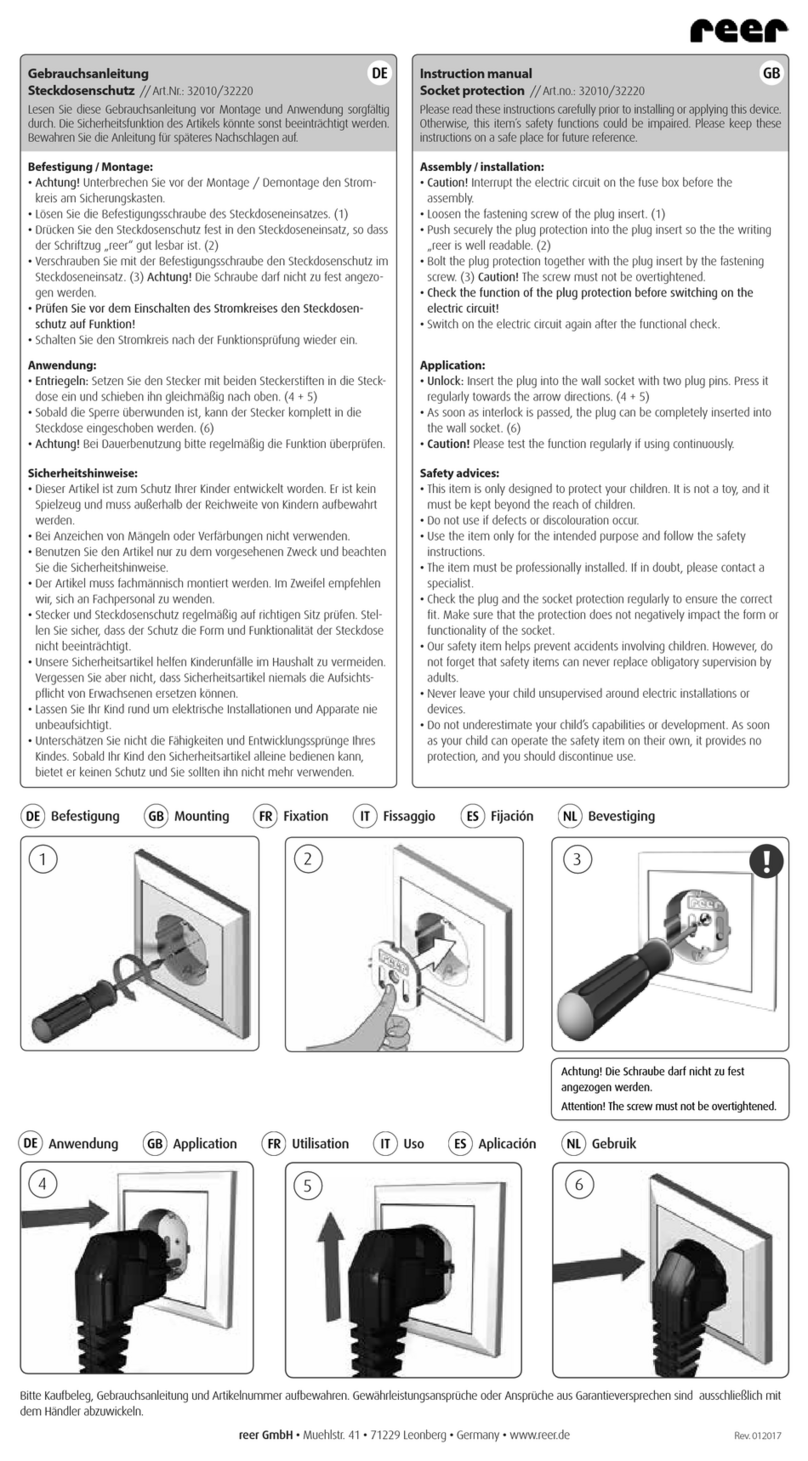
Quick Start Guide —Allen-Bradley Bulletin 825-P Modular Protection System
2
Important User
Information
Because of the variety of uses for the products described in this publication, those
responsible for the application and use of this control equipment must satisfy
themselves that all necessary steps have been taken to assure that each application
and use meets all performance and safety requirements, including any applicable laws,
regulations, codes, and standards.
The illustrations, charts, sample programs and layout examples shown in this guide
are intended solely for purposes of example. Since there are many variables and
requirements associated with any particular installation, Rockwell Automation does
not assume responsibility or liability (to include intellectual property liability) for
actual use based upon the examples shown in this publication.
Rockwell Automation publication SGI-1.1, Safety Guidelines for the Application,
Installation and Maintenance of Solid-State Control (available from your local Allen-
Bradley distributor), describes some important differences between solid-state
equipment and electromechanical devices that should be taken into consideration
when applying products such as those described in this publication.
Reproduction of the contents of this copyrighted publication, in whole or part,
without written permission of Rockwell Automation, is prohibited.
Throughout this manual we use notes to make you aware of safety considerations.
:
IMPORTANT This guide Does Not replace the User Manual, publication
825-UM004_-EN-P, and is intended for qualified service
personnel responsible for setting up and servicing these
devices. You must have previous experience with and a
basic understanding of electrical terminology, configuration
procedures, required equipment, and safety precautions.
ATTENTION
!
Identifies information about practices or circumstances
that can lead to personal injury or death, property damage
or economic loss.
